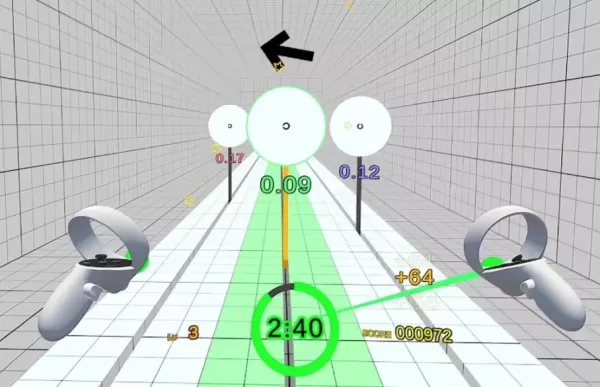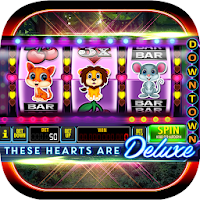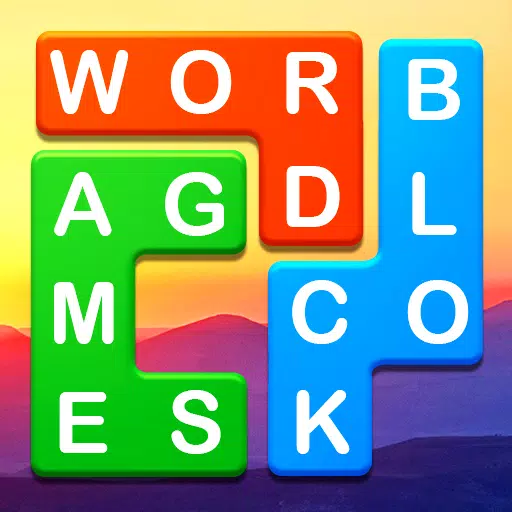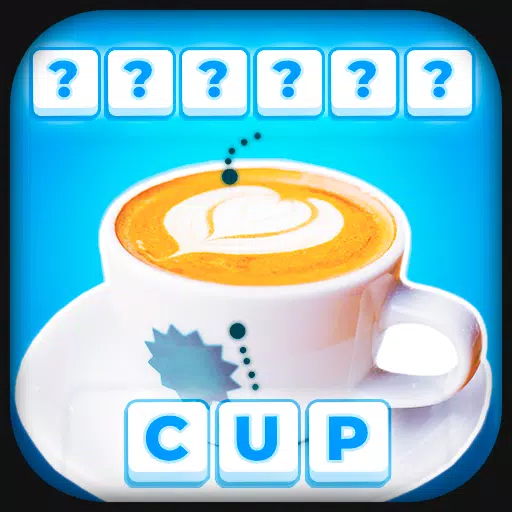by Eleanor Jun 25,2025
With the rise of smartphones, gaming consoles, and computers in everyday life, it's easier than ever to accumulate hours of screen time. Unfortunately, this isn't ideal for your eyes—especially if you've experienced that familiar eye fatigue after extended gaming sessions or endless scrolling. Prolonged screen exposure can strain the ciliary muscles responsible for focusing, potentially leading to or worsening near-sightedness (myopia). But what if the solution to better vision wasn’t about avoiding screens—but using them differently? Could a VR game actually help improve eyesight?
A recent study conducted by researchers at Kwansei Gakuin University in Japan suggests that virtual reality could be more than just entertainment—it may have therapeutic potential for visual health. The team developed a custom VR game designed to exercise the eye muscles with the goal of improving vision, particularly in individuals with myopia. While the research is still in its early stages, the findings are promising and suggest that interactive technology could play a role in future vision therapy.
The VR game was built using Unity for the Meta Quest 2 platform. It’s a straightforward target-shooting game featuring three lanes, each containing a circular target on a stick. When players press the trigger on the controller, a laser beam activates. Pointing the laser at a lane highlights it and shifts the player into “aim” mode. To successfully hit the target, players must move the controller’s joystick in the direction indicated by a small Landolt C—a symbol commonly used in Japanese vision tests. This ring-shaped icon has a gap that helps assess visual acuity, making it a key element in the gameplay mechanics.

The design of the game encourages frequent shifts in visual focus. Players alternate between viewing targets at varying distances and concentrating on the fine details of the Landolt C to determine where the gap is located. This constant adjustment provides a workout for the eye muscles, which may help strengthen their function over time. At the end of each session, players receive instant feedback via an arcade-style results screen displaying hits, misses, combo streaks, and whether they set a new personal best. Competitive spirit kicked in among participants, adding motivation to keep playing regularly.
Over the course of six weeks, all participants showed measurable improvements in vision. Those with severe myopia saw the most significant gains—the more frequently they played, the better their visual performance became. These preliminary findings suggest that interactive, gamified vision therapy could offer a novel and engaging way to support eye health.
While these results are encouraging, the study involved only ten young adults aged 22–36, so further research is needed to confirm the effectiveness of this approach across larger and more diverse populations. According to the Japanese research paper, the team plans to conduct additional experiments to refine the game and explore its potential as a treatment for myopia. If proven effective, this type of VR-based vision training could one day become a valuable tool in optometric care.
Zenless Zone Zero Update Cycle Leak Hints at Future Content cadence
All Mavuika Materials, Kit, and Constellations in Genshin Impact
Counterfeit Bank Simulator: Minting Solution for Economic Crises
Marvel Rivals: Season 1 Dracula Explained
Best Xbox Game Pass Games For Kids (January 2025)
Solo Leveling: Global Tournament Draws Near
Power Rangers: Uncover Hidden Secrets in Rita's Carnival and Cemetery
Albion Online launches Paths to Glory update with new content, boosted spawn rates, and more

Pixel Squad: War of Legends
Download
Gratuite - Vegas Slots Online Game
Download
من سيربح المليونين
Download
Word Blocks Puzzle - Word Game
Download
Dollars-Old Vegas Slots
Download
Squad Fire Gun Games - Battleg
Download
Draw Creatures
Download
Миллионер - игровые автоматы
Download
Guess the Word. Word Games
Download